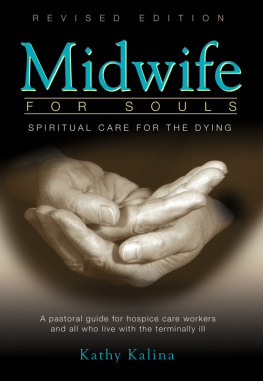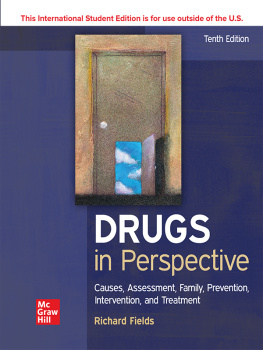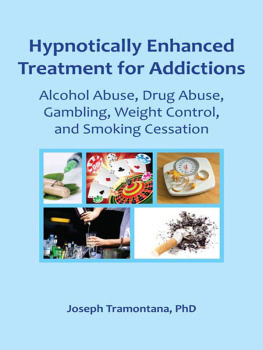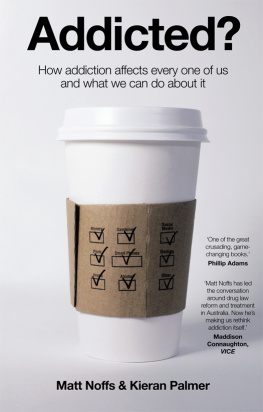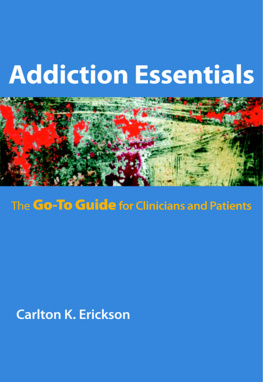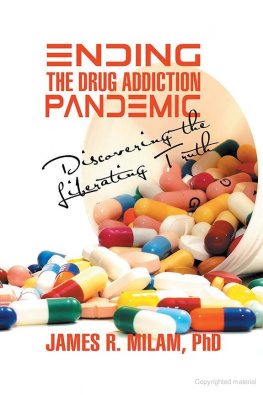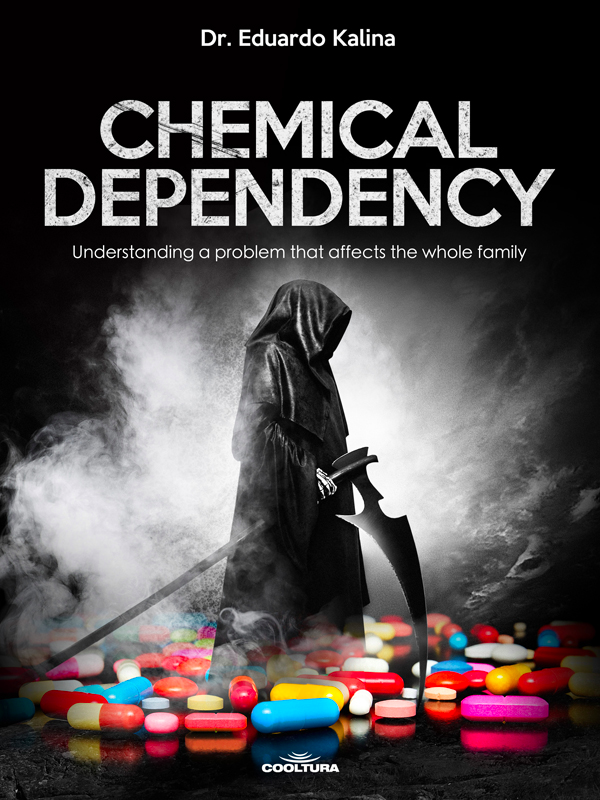Introduction
Drugs have been present in human history since remote times, when man discovered the effects of the alcohol contained in fermented fruits (or in certain plants that produce altered states of consciousness); but it is a remarkable fact that, over the centuries, different isolated events have boosted the consumption of certain substances in some cultures. Nevertheless, drug consumption only became extensive during the 60s.
We can mention numerous examples of drugs throughout history, such as opium consumption in China, which resulted in the infamous Opium Wars.
In this text, we will discuss a phenomenon that is expanding rapidly; to the point that it resembles an epidemic, even a pandemic, as it has spread beyond country borders. Currently, the mass media make any kind of information immediately available (anything happening in a particular place can be disseminated in only minutes through social networks and cellular telephony). The Internet defeats the dictatorships seeking to deprive people of information.
It is amazing how much information any teenager who knows how to use a computer, even rudimentarily, can access. In consequence, teenagers nowadays must be more prepared than they used to be forty years ago to avoid being seduced by this virtual bombing.
Another fact to take into account is the speed of change in all the aspects of life. It is so incredible that a few years ago I proposed a new type of pollution, the time pollution , as the pace of life we must adapt to demands that we develop extraordinary abilities to try to live as superhumans. As a result, this lifestyle favors drug consumption, as they are offered as the ideal fuel to reach a state that is beyond the possibilities of the human condition, a state we may define as robotic. Many colleagues and I consider cocaine the epitome of this reality as it causes a similar effect to that of spinach for Popeye, the famous cartoon character who acquires superhuman strength by eating this plant.
Man is the only animal that intends to surpass the limitations of its biological condition. The so-called awakening or accelerator, or psychoactive drugs, which allow people to go days without sleeping, are the trend (cocaine, amphetamines, methamphetamines, energizing drinks, etc.) but they have detrimental consequences. However, no one seems to think about what will happen next, the consequences are no longer relevant, as one famous song repeats as a motto: live fast, die young.
These examples are intended to help you understand the different causes of this real pandemic that, like other infectious contagious diseases, is taking many lives, especially those of young people.
Given this scenario, new generations are being bombarded by conflicting messages that greatly promote drug consumption. We have studied young addicts that are in treatment and their families, and have come to postulate that the sociological family model that can be described as do as I say, not as I do is highly pathological, in other words, unhealthy, especially when young people dont have enough time to discover the trap. This is mainly observed in communication. It is evident there is a problem of meta-communication, that is, the signs and words of communication conflict each other and contradiction prevails.
To exemplify this, we only need to observe how most countries promote tobacco and alcohol, while the governments express their concern about the spread of drugs. In this regard, we have analyzed some examples of conflicting and very subtle messages, such as a campaign conducted some years ago in Paris, France, which consisted of placing posters in the subway that read Defense de fumer, lui meme une Gallia (No smoking, even a Gallia). While they were emphasizing non-smoking rules, they were promoting a cigarette brand. Tobacco, the most destructive and, at the same time, popular drug led Dr. Ann Grundland, the Director of the World Health Organization back in 2000 and former Minister of Health of Norway, to warn that this type of addiction, as any other, is a preventable disease, and that a person dies every eight seconds from causes related to tobacco consumption.
Another cause for the increase in drug consumption is the horrifying contradictory message society sends to young people in relation to ecology: on the one hand, we talk about healthy lifestyles and habits and, on the other hand, we are offering them a highly polluted, deteriorating environment, and we have not yet taken action to tackle the problem.
As years go by, the major polluting nations continue to avoid making decisions necessary to stop the tragedy we are beholding, depicted by climatic disasters that affect our lives. The perfect example of this situation is the Kyoto Protocol, first adopted in 1997 with the intention of reducing the emission of gases that affect the atmosphere and damage the Earth. The protocol established an emissions limit that gave way to what many call the pollution market. This name comes from the fact that if any country managed to reduce its gas emissions below the established level, it could sell its emission rights to other countries that needed them so that they could increase their acceptable pollution limits. This situation mainly occurred in the less developed countries, because as they have fewer industries, they were able to sell their portions of pollution to more developed countries.
These are all pro-drug messages due to the great contradiction they represent and because, even though different governments constantly organize campaigns against psycho-bio-Neuro-genetic-socio-toxic drugs, their policies are contradictory and always inadequate, or very limited. They are not sustained long enough to make significant changes.
Now, lets think about how little commitment most countries show in relation to the drugs pandemic. As we always say, we can symbolize this situation as being the biblical fight between David and Goliath, and consequently keep on working intensively and relentlessly on educating people, which is our most powerful weapon.
Consider the example of some countries, which have made protecting the environment part of their culture. In Norway, for example, three children each carry a bag when they leave their home, one of them, Elke, is just over two years old, and he collects plastic waste, the rest of them collect other types of garbage to put in the appropriate containers. It is a cultural matter and a huge effort is devoted to raising awareness from the earliest age in Norway, the result is that children are concerned about pollution.
In that country, drinking alcohol is forbidden in public spaces. Any adult who wishes to drink alcohol must be careful not to be seem, as a part of the fight against the natural habit of drinking alcohol in cold countries. Examples abound, but I chose that one because it is highly illustrative. In Scandinavian countries, they maintain security and respect not only for human life but also for nature and animals, which is worth imitating.
Brief history of the emergence of modern drugs
In 1945, World War II ended, leaving many dead in Europe and the United States. At that time a lot of children were born, who were teenagers during the 60s. Birth rates rocketed and the phenomenon was called the baby boom. The world was packed with young people, who could easily get jobs, boosted by the deaths that occurred during the war. The new developing world raised the enthusiasm of children and young people, and social movements such as hippism, in defense of creative and sexual freedom, sprung up. The arts, especially music, boomed. At the same time, communism spread over Asia. The French occupied so-called Indochina and the communist Vietnamese engaged in a non-conventional war. The Battle of Dien Bien Phu took place, in which the French were defeated and expelled from Indochina.


